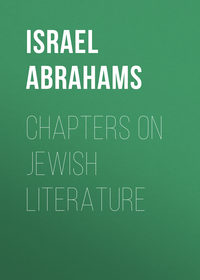Fb2ZIP-arxiv 426.7 КБSmartfonlar, Android planshetlari, elektron o'quvchilar (Kindle-dan tashqari) va ko'plab ilovalar uchunmos keladi
HTMLSiz kitobni to'g'ridan-to'g'ri brauzerda o'qishingiz mumkin
TXTDeyarli har qanday qurilmada ochilishi mumkin
PDF A4Adobe Reader dasturida ochiladi
PDF A6Optimallashtirilgan va smartfonlar uchun mos
MobiAndroid ilovalari uchun mos keladi
EpubIOS qurilmalari (iPhone, iPad, iMac) va ko'pchilik o'qish ilovalari bilan mos keladi
iOS.EpubiPhone va iPad uchun moslashtirilgan
Fb3FB2 formati rivojlanishi
